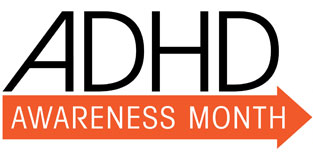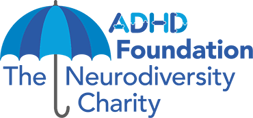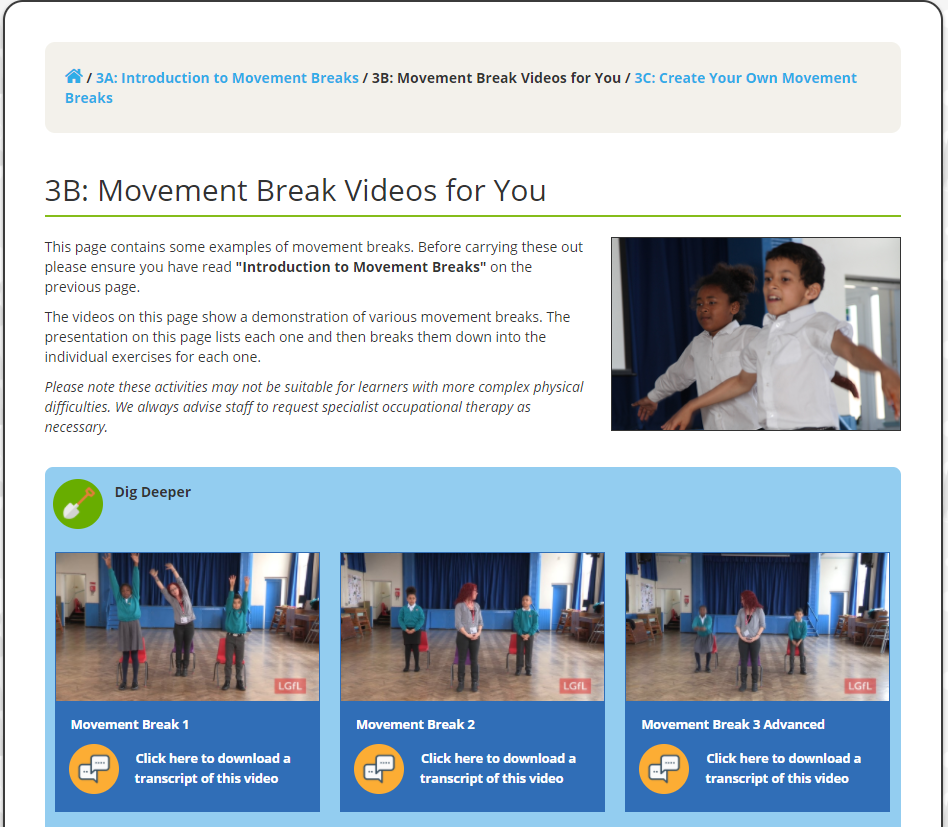Curriculum Blog
ADHD Awareness Month 2021
 October is ADHD Awareness Month; this year’s theme is Reframing ADHD: Discovering New Perspectives.
October is ADHD Awareness Month; this year’s theme is Reframing ADHD: Discovering New Perspectives.
Attention Deficit and Hyperactivity Disorder (ADHD) is a common condition that most people are well aware of but that many misunderstand. The adhdawarenessmonth.org are trying to dispel myths and raise awareness.
 Another fantastic source of information about ADHD is the ADHD Foundation who have created a whole range of informative fact sheets for different user groups including schools, parents and young people themselves. They also offer an ADHD Friendly Schools Award and you can see this flyer for more information about this.
Another fantastic source of information about ADHD is the ADHD Foundation who have created a whole range of informative fact sheets for different user groups including schools, parents and young people themselves. They also offer an ADHD Friendly Schools Award and you can see this flyer for more information about this.
A common misconception of ADHD is that it always involves constant levels of hyperactivity and a complete inability to focus. In fact, quite the opposite can be true and some learners with ADHD can appear to be daydreaming much of the time rather than bouncing up and down hyperactively. There is also a state that some refer to as hyperfocus that is experienced by some people with ADHD.
Hyperfocus can result in someone becoming so focused on one task that they lose track of time and the outside world. This often occurs with activities or tasks that the individual finds mentally and emotionally rewarding. Of course, this can present its own challenges in school as a learner with ADHD may actually become so focused on a lesson or activity they are enjoying that at the end of the lesson the requirement to move onto something of less interest to them becomes a challenge in itself. You can also find that some people believe that because a young person is able to focus for long periods of time on something they are interested in, it means they don't really have ADHD.
This short video gives a bit more information about hyperfocus:
[embed]https://youtu.be/goakEF-MjhM[/embed]
So we can see that an individual's ADHD may affect them in many different ways and there are a number of different interventions to help overcome the challenges these can present. I’ve taught a number of learners who have received medication to help them manage their ADHD. I’ve also worked with young people who have received cognitive therapy to help them manage it. However a young person's ADHD affects them, and whatever other interventions are in place, there are a few things we as educators can do to support them to be able to access education.
Providing regular movement breaks can make a big difference in helping to maintain focus and attention throughout a lesson and the school day. Learning Through Movement is an LGfL resource which is open access so can be used by anyone whether working at an LGfL school or not. This staff training resource covers a range of topics related to the importance of movement to learning. It has a dedicated section which looks at focus and offers a wide range of safe and structured movement break routines which can be used by an individual or whole class in the classroom. Short structured sequences such as these can support focus for those with ADHD and many who have other conditions or no diagnosis at all.

Many individuals with ADHD have difficulties with executive function. Executive function can often be thought of as the “getting stuff done” function of the brain and includes processes that organise thoughts, prioritise tasks, manage time and make decisions. Many of these areas can be greatly supported by the use of technology we find all around us. If a young person can be taught how to make good use of a to-do-list or their calendar on a mobile phone it will help them prioritise and manage their time. For secondary students, they could be supported to add their whole timetable onto their calendar, so they get regular alerts about where they are meant to be and when. You could even include notes such as an alarm for 7:30am on a Tuesday - “Don’t forget your PE kit!”
Many schools have recently adopted cloud platforms as part of their strategy for remote learning. Platforms such as Office 365 and G-suite for Education offer the potential to help those who struggle with executive function.
When it comes to planning there are lots of tools available which can help someone organise their thoughts. Applications such as Microsoft OneNote can be used to create lists with checkboxes or for those using G-suite for Education they might want to use Google Tasks to do the same or maybe use an application such as MindMup to create digital mind maps and organise information in a more visual way; the opportunities are endless. The best thing is that many of these tools cross platforms, so can be used on a laptop with a web browser or as an app on an individual's mobile device so it is with them all the time.
As with so many neurodiverse conditions, ADHD offers some advantages and some challenges and is rarely experienced in exactly the same way by two people but however ADHD affects the learners you support, it will make the world of difference if you (a) take a little time to learn more about their condition and how it affects them individually and (b) use this knowledge to put in place some simple accommodations which will help them overcome their challenges and thrive.
Blogpost edited from the previous one on this theme posted in 2020.
